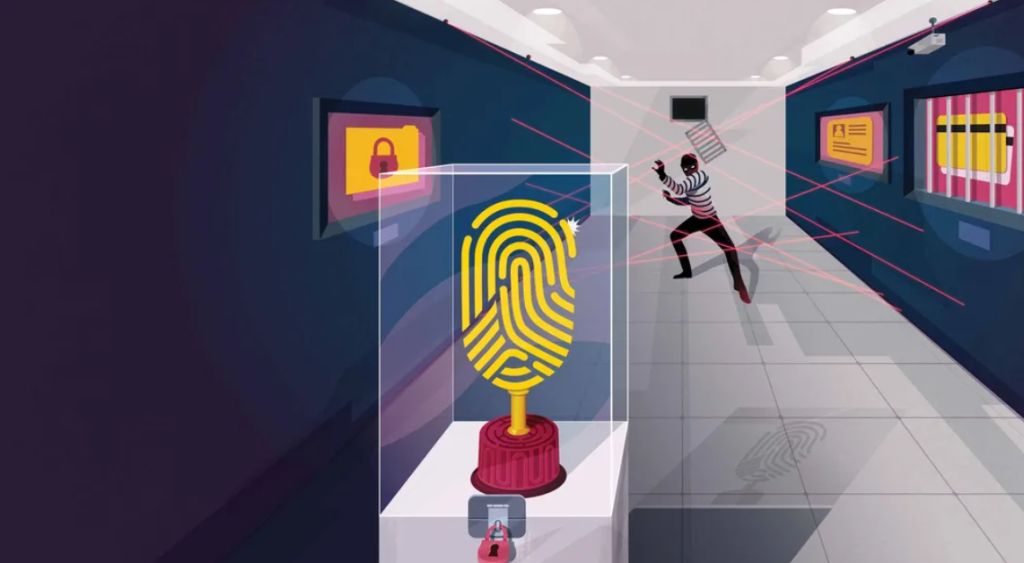Strategies to Combat New ID Theft Schemes
3 min read
As technology evolves, so do the tactics of identity thieves. Staying ahead of new identity theft schemes is crucial to safeguarding your personal information and financial well-being. This article explores emerging threats, offers insights into common schemes, and provides actionable strategies to protect yourself against evolving forms of identity theft.
Digital Transformation and Identity Theft: The digital age has ushered in unprecedented convenience but has also given rise to sophisticated identity theft schemes. Cybercriminals continually adapt to exploit vulnerabilities in our increasingly interconnected world, making it essential for individuals to stay informed and vigilant.
Social Engineering and Phishing Attacks: Social engineering remains a prevalent method for identity theft. Phishing attacks, often disguised as legitimate emails or messages, trick individuals into revealing sensitive information. Be wary of unsolicited communications and verify the authenticity of requests for personal or financial details.
Account Takeover Frauds: Account takeover occurs when a fraudster gains unauthorized access to your accounts, be it email, social media, or financial accounts. Utilizing strong, unique passwords, enabling multi-factor authentication, and regularly monitoring account activity are effective measures to thwart account takeover attempts.
Synthetic Identity Theft: Synthetic identity theft involves creating fictitious identities by combining real and fabricated information. This complex scheme often goes undetected for extended periods. Regularly reviewing your credit reports and promptly addressing any discrepancies can help uncover signs of synthetic identity theft.
Biometric Identity Theft: Biometric data, such as fingerprints or facial recognition, is increasingly used for identity verification. Cybercriminals may target this data through various means. Protect yourself by using reputable platforms for biometric authentication and being cautious about sharing biometric information online.
Mobile Wallet and Payment App Scams: With the rise of mobile payment solutions, scammers target users through fake apps or deceptive practices. Only download apps from official stores, regularly review transactions, and enable security features offered by the payment platforms to mitigate the risk of mobile wallet scams.
Data Breach Fallout: Large-scale data breaches expose vast amounts of personal information. Even if you haven’t directly fallen victim to a breach, the compromised data can be used for identity theft. Regularly change passwords, monitor your accounts, and consider using credit monitoring services for added protection.
Protective Measures You Can Take:
Strengthen Passwords: Use complex passwords and avoid using the same password across multiple accounts.
Enable Multi-Factor Authentication: Add an extra layer of security to your accounts by enabling multi-factor authentication wherever possible.
Monitor Financial Statements: Regularly review your bank and credit card statements for unauthorized transactions.
Check Credit Reports: Obtain and review your credit reports from major bureaus to identify any suspicious activity.
Use Reputable Security Software: Install and regularly update reputable antivirus and anti-malware software on your devices.
Educate Yourself: Stay informed about the latest identity theft schemes and share this knowledge with family and friends.
Reporting and Resolving Identity Theft: If you suspect identity theft, act promptly. Contact the relevant financial institutions, credit bureaus, and law enforcement agencies to report the incident. Initiating a fraud alert or credit freeze can help prevent further damage.
Staying Informed in a Dynamic Landscape: The fight against identity theft is an ongoing battle, requiring individuals to remain informed and proactive. Regularly educate yourself on emerging threats, implement protective measures, and stay abreast of security features offered by digital platforms.
Protecting yourself against new identity theft schemes requires a combination of awareness, vigilance, and proactive measures. By staying informed about evolving threats, implementing robust security practices, and promptly addressing any signs of suspicious activity, you can fortify your defenses against the ever-changing landscape of identity theft. Remember, the first line of defense is an informed and empowered individual.





